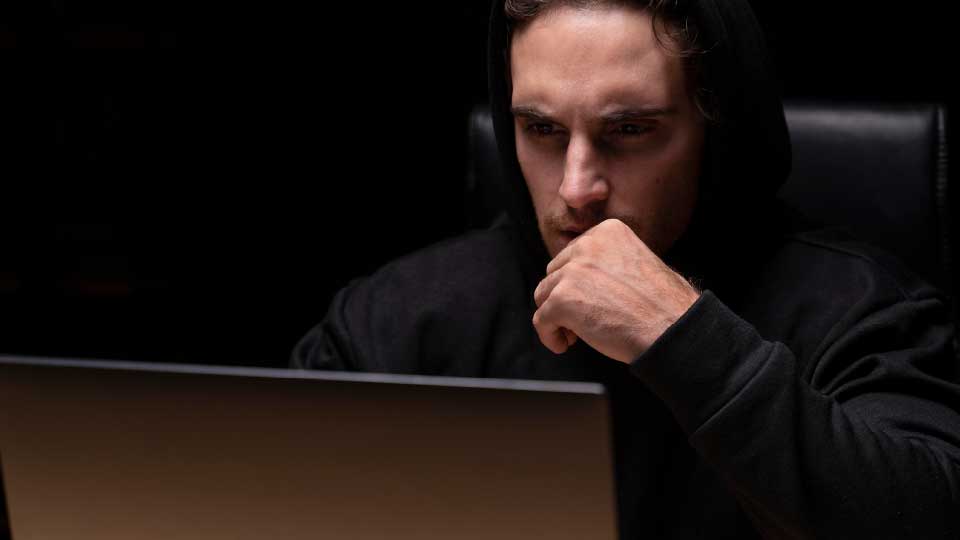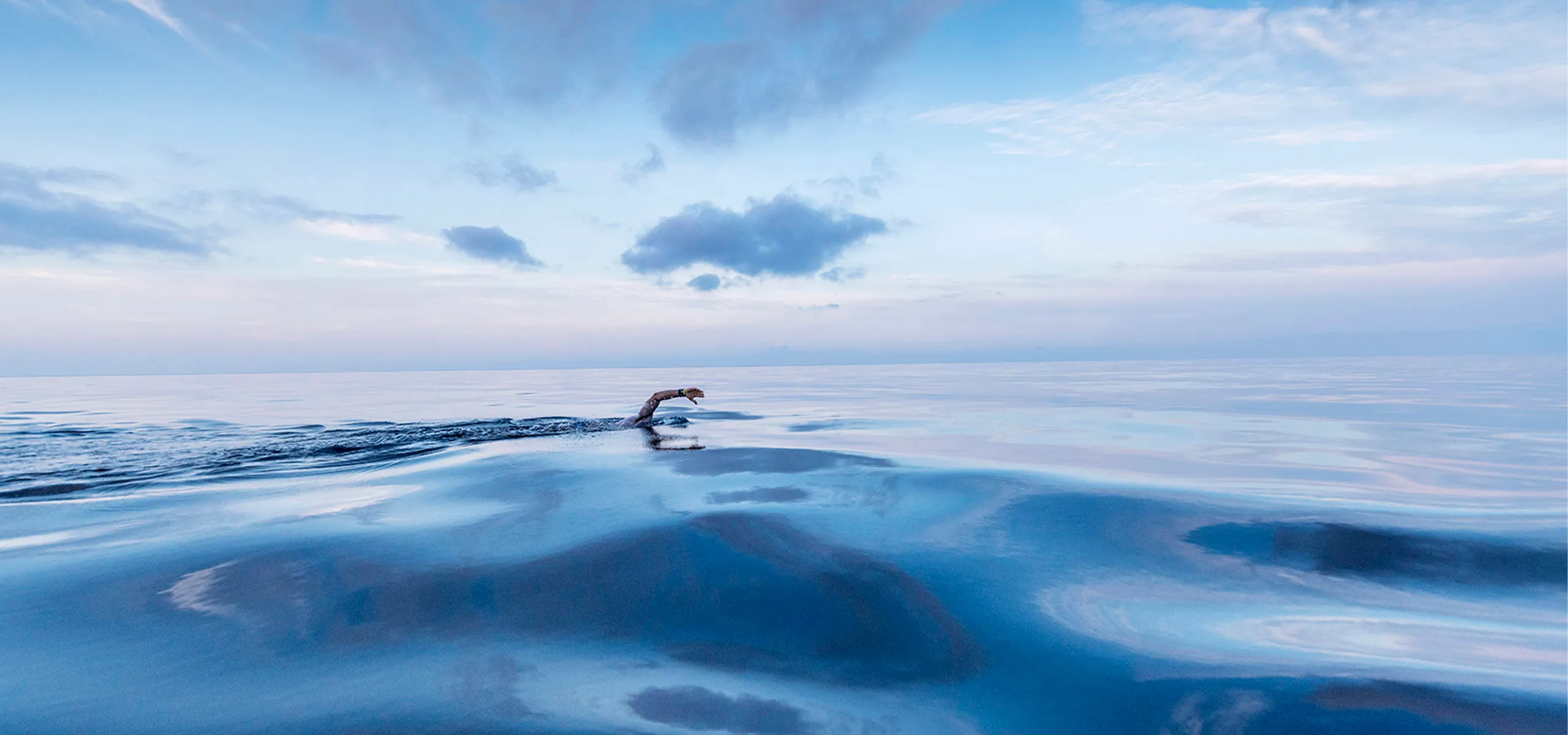When it comes to diversity, Creative Director Katerina Karamallaki says it’s time for less talk and more action.
Last Friday, two female colleagues and I attended a careers’ day for schoolgirls run by the International Federation of Business and Professional Women Malta. Sadly, the girls we ‘mentored’ were unaware of the opportunities available to them in the creative industries. When I described my job, and what I do day to day, many were hungry to know more and decided they too would like to become a Creative Director. This is good news for an industry lacking in diversity.
Diversity issues are not new to the creative industries. Whilst ageism and ethnic minority representation are still the big elephants in the room, gender inequality has been generating a lot of global conversation. The reality is that women are greatly underrepresented in leadership positions and decision-making roles in this field. In 2004 only 3% of creative directors in the US were female. This statistic improved to 14% in the UK and 11% in the US* by last year. For an industry that relies on storytelling, empathising with the audience, and crafting authentic experiences for them, this is something we need to change.
* Ali Hanan, Creative director at Creative Equals for the Guardian
“While women account for 56% of the junior agency roles, this drops to 39% at the head of department level and 30.5% in leadership positions… The survey confirms what many of us intuitively know: overall, advertising is gender-neutral but, as people move up through the ranks, the percentage of women declines to the point where less than a third of those whose job title is Chair, Chief Executive or Managing Director are female.”
Tom Knox, President, IPA: Campaign Live survey on ‘diversity’
My own journey as a female creative has helped me understand some of the issues. At age 16, feeling doubtful about my future, I asked my art teacher what would happen if I don’t manage to get a job in the creative industry and fulfill my dream. His response was “You’re a pretty girl, it’ll be easy for you to get a job.”
Years later, as a young designer, I was being interviewed for a designer role in one of the biggest advertising agencies in London. The Art Director asked me the classic interview question: “Where do you see yourself in 5 years?” I remember saying: “I see myself sitting where you are right now, as an Art Director, interviewing the newest member of the team.” While I internally congratulated myself for what I thought was a bold move showing ambition, I noticed his face turn from dismay to slight amusement, and he responded with a scoff.
Needless to say, I didn’t get the job. That might have to do with me not being right for the role. Either way it fuelled my commitment to becoming an Art Director. Navigating through various experiences like these, I became dedicated to prove that I would succeed on the merit of my work and ideas, and my gender would have nothing to do with anything. Yet, I did not even imagine I could be a Creative Director. Why? I guess I too, like the schoolgirls I met at careers’ day, was not sure how to become one. And I had not met any female Creative Directors to look up to, learn from, or be mentored by.
In fact, through a recent BRND WGN survey on this subject we discovered that women often don’t apply for certain senior positions because they are not encouraged enough to do so. And women lack strong female role models in the creative industry. Which is why events like careers’ day are not just important to organise, but also to have representation across the board, especially from male-dominated industries.
So, are we, as creative agencies, doing enough to encourage more women into the industry and support them when they get there?
50% of BRND WGN’s senior management are women. We have gender-neutral client accounts, so women and men work on a brand based on their strengths and interests, not their sex. But we could do more, as could other agencies.
We must keep hiring on potential, and make a conscious effort to continue to recruit more female members of staff into positions previously held exclusively by men. We must make sure that a pay gap does not exist, and we have open and honest conversations about salaries. We want to create mentoring programmes aimed specifically at women, that allow them to engage with senior members of staff. Introduce flexi-time. Revisit the maternity leave for both men and women. Increasing paternity leave, or shared maternity-paternity leave which can level the playing field.
We must also create regular events and discussions around this subject, not just on Women’s Day. Build an environment that women can thrive in, learn from and support each other. And I’m personally committing to make myself more visible as a female Creative Director, being at the forefront of change within the industry. Now it’s the time for less talk and more action.
Find out more here:
Creative Equals - www.creativeequals.org
Shesays - weareshesays.com
More insights
Scroll for more

Step by Step Guide to Protect Your Social Media Accounts
Always a hot topic, the hacking conversation begins again. Phishing scams and imposter accounts are on the rise, but this time the threat feels much closer to home.


